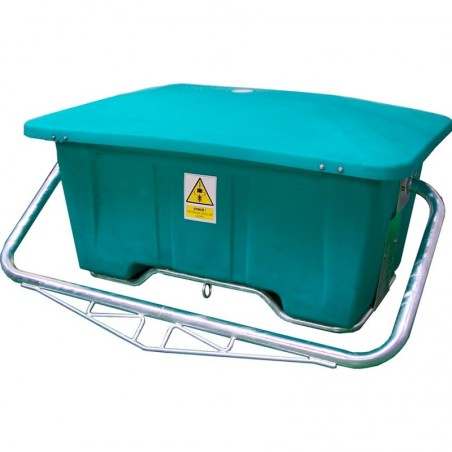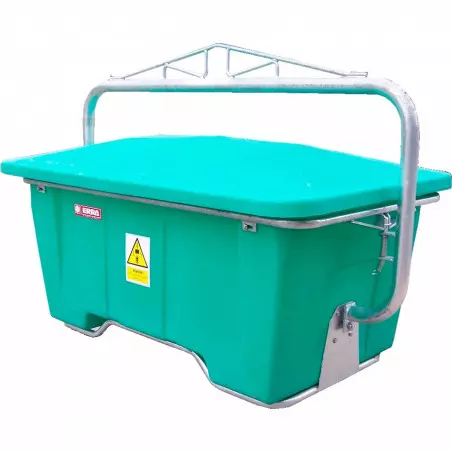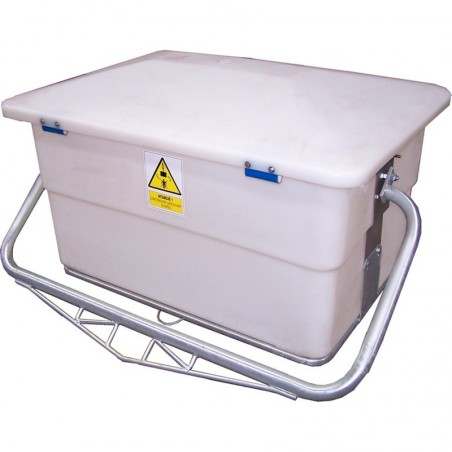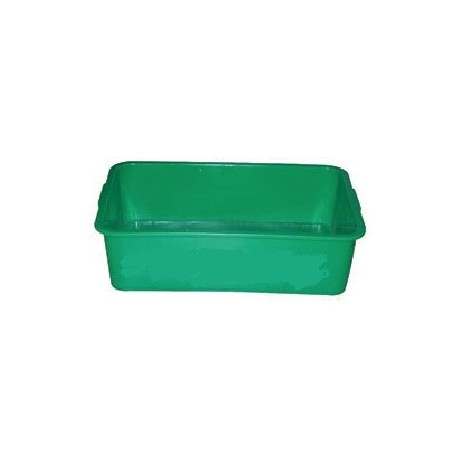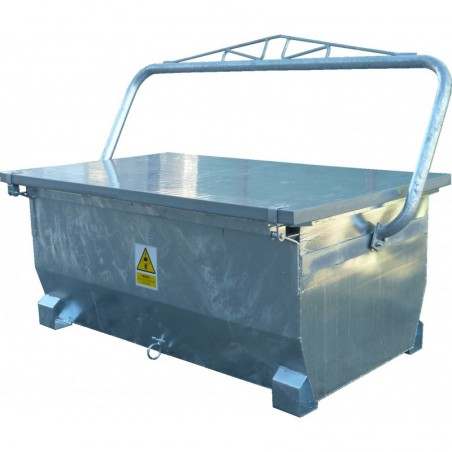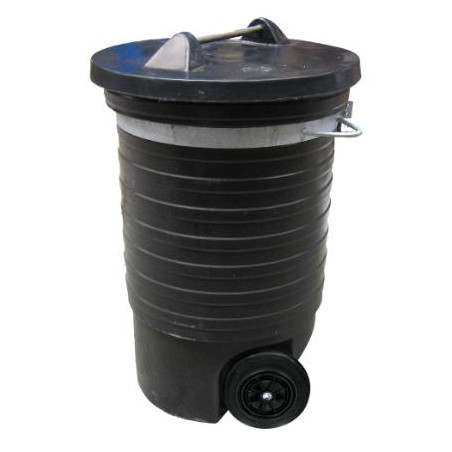Like other animal production industries, swine producers have to deal with the loss of animals on the farm. Managing the mortality disposal must be safe from an environmental and biosecurity standpoint.
The four most used systems for carcass disposal are burial, composting, incineration, and rendering. Optimal carcass disposal should be based on multiple criteria using a holistic assessment of economics, value and extent of resource recovery, biosecurity and risk of disease transmission, and environmental impacts. Here we will review the pros and cons of the most used carcass disposal systems. The use and availability of each method will be influenced by the region and regulatory requirements of the country. Furthermore, the combination of two or more methods could be used when required (e.g. epidemics).

Burial
The trench method is frequently used on farms that use on-farm burial for the disposal of carcasses. Basically, a narrow and shallow trench is excavated where dead animals will be disposed, alternating layers of carcasses and soil. Farm owners from certain countries can dispose of the carcasses in an approved landfill. Burial has been one of the most used method to dispose of carcasses during epidemics. Burial and disposal in landfills were the preferred methods during the African swine fever outbreak in China in 2019 due to the lack of other infrastructures.
On-site burial can be suitable for small farms where the environmental impact will be minimal. However, in modern and large swine operations the environmental impact of on-site burial would be higher and not sustainable. The environmental impact of landfill burial can be mitigated by constructing engineered landfills that can collect and treat the leachate.
Burying carcasses on the farm prevents the entrance of external vehicles and thus reduces the number of risky events. This would be especially beneficial during interventions in foreign animal diseases scenarios to avoid the spread of diseases (e.g. stamping out). However, the environmental cost would be extremely high, especially in swine dense regions.
The cost of on-site burial is low. It will involve only the cost of digging the trench if no indemnities are involved.
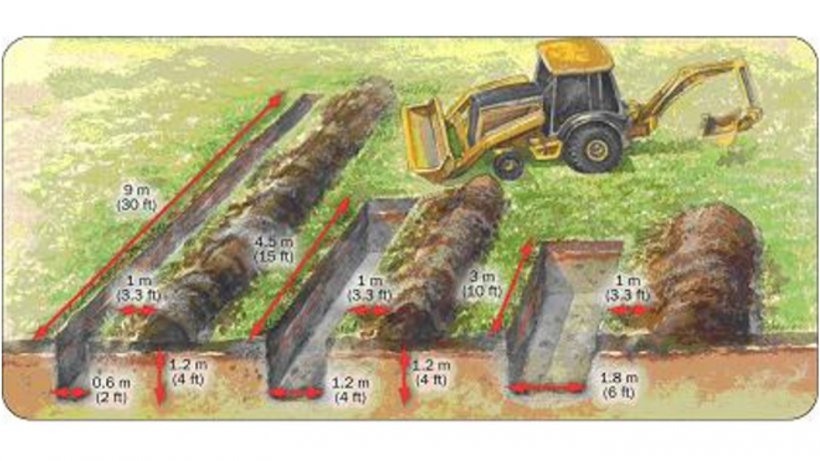
Composting
Composting is the natural biological process of decomposition of organic materials in the presence of oxygen. The amount of time needed to degrade carcasses depends on the age and size of the animal. Baby pigs can be totally composted in 30 days, but adult pigs (sows and boars) may need 3 months or more.
The simplest way of composting is the use of static-pile technique. The success of this technique relies on choosing the right placement of carcasses with the right amount of plant-based materials. After the initial placement (primary phase) a secondary cycle of heat production is needed to reactivate the aerobic microbial activity. Compost can be stored usually after the secondary heating phase is finished. Decomposition can be sped up by grinding or opening the carcasses. However, other factors such as personnel injury risk and pathogen exposure should be considered if the latter options are selected. The windrow composting and the in-vessel composting are other composting techniques that allow to treat larger mortalities.
Interestingly, the environmental impact of composting seems to be lower than burial. One of the risks is contamination of shallow soil if composting is done on uncompacted soil.
Composting seems to inactivate most of the common swine pathogens (e.g. PEDV, pseudorabies virus, PRRSV) after several days which is beneficial to prevent the spread of swine diseases when compost is used. However, further research is needed to evaluate the retention and the inactivation of exotic pathogens such as African swine fever virus or hog cholera.
The cost of machinery is the major fixed cost and about 50% of the total cost per head. Therefore, only very large operations can justify the cost of composting.
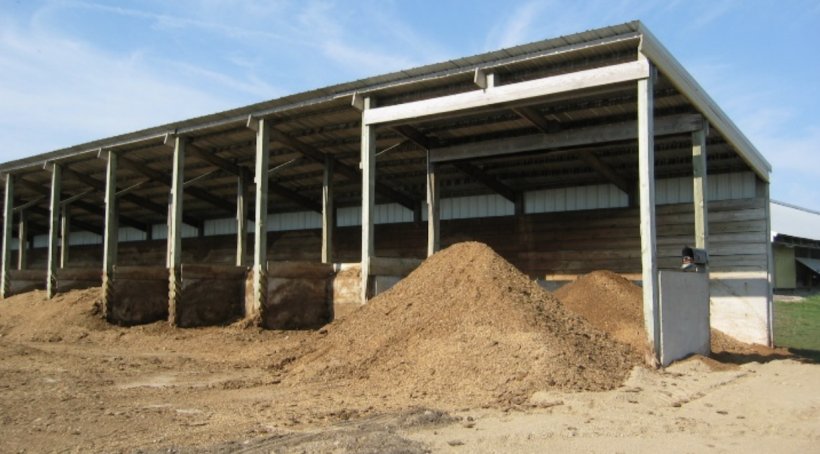
Incineration
This type of carcass elimination reduces the carcass to ashes through burning. Three types of incineration methods have been described, namely fixed-facility incineration, air-curtain incineration, and open-air burning. Each method has different implications on the environmental impact and cost that may limit its use for the disposal of swine mortalities.
Generally, all incineration methods will be very pollutant and so they are restricted to specific occasions. The only incineration method to handle the everyday mortality of the farm, burn the carcasses and reduce the environmental impact is to install a fixed-facility incinerator on-site. This incinerator should follow the environmental regulations of the country or region and it may require additional environmental permits.
In terms of biosecurity, on-site cremation of carcasses will prevent the transport of dead animals and potential spread of diseases. However, in the scenario of a foreign animal disease, the fixed-facility incinerator cannot handle large quantities of carcasses.
The incineration of carcasses is by large the most expensive method of all the disposal methods. There are several reasons for its cost: it requires the installation of an incinerator, extra costs may be associated with additional environmental permits, this installation has to be maintained in order to comply with the environmental and regulatory laws, and finally it requires the use of some fuel, either fossil (diesel, gas or propane) or solid (wood or straw).




